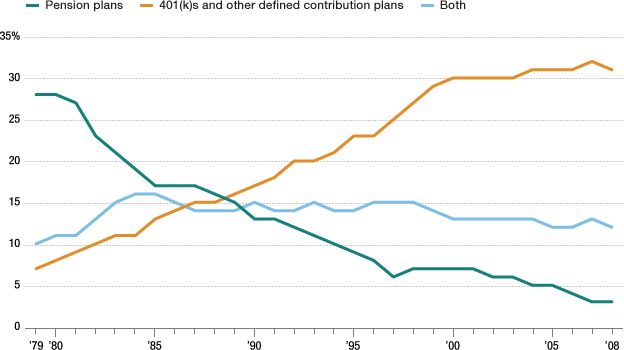ziggy29
Moderator Emeritus
I see this as a double-edged sword. There's a part of me that feels like taking away promised retiree health insurance benefits (especially before age 65) should be illegal on those who have already retired (you may have just busted their retirement by doing so). On the other hand, if you make it impossible to take away from current retirees, many of the dwindling number of employers which still offer this benefit will pull it away from new hires and those not yet retired.my brother retired around 4 years ago from the grocers union, he has a nice pension of $2800/ month with full medical. they are taking 100% of his medical away and i am afraid they will be making more cuts in the near future.
Damned if you do, damned if you don't.
As long as health insurance is foolishly tied to employment, these frustrations will continue.
My first Megacorp eliminated retiree medical for folks under 50 back around 1996 and froze my pension about year later. Yay for me.
Last edited:

